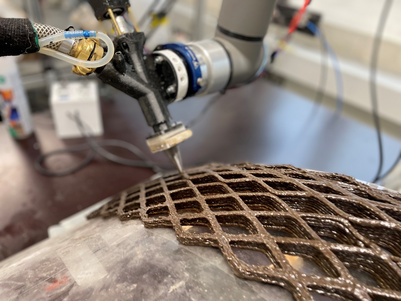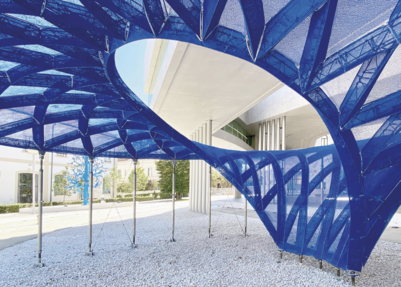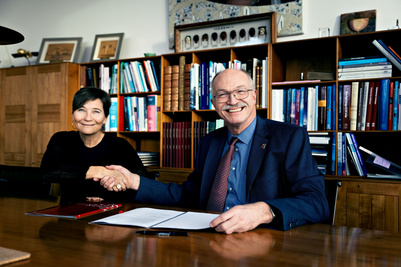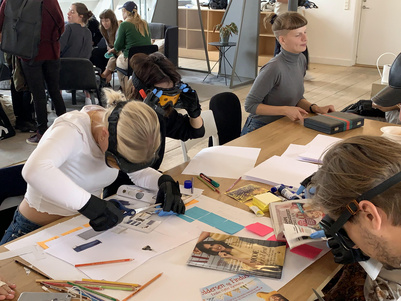Master’s Graduation Project 2015: A New Start with Architecture as a Backdrop
What makes a home a home? Classic white walls and furniture design? Clean lines and shiny surfaces? Sandstone walls and oriental carpets? Or something else? In her Master’s graduation project, architect Shirin Yazdani focuses on atmosphere in architecture as a means of creating a secure and homely environment for asylum seekers in Norway.
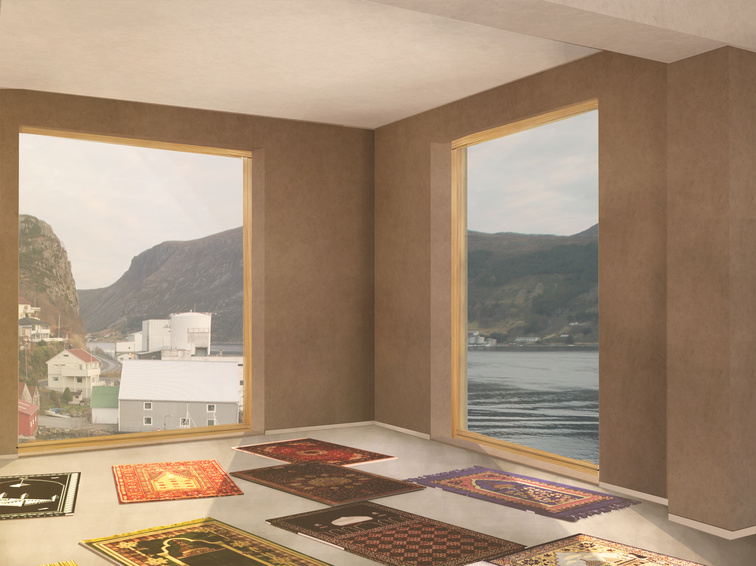


What is your Master’s graduation project about?
I have designed an asylum centre entitled ‘A New Start: Einarbua Welcome Centre’. I transformed a 1950s building on Måløy, a small island off the west coast of Norway. My thinking was that engineering and organising architectural conditions in a dignified, safe and homely way will give asylum seekers a greater sense of integrity, ultimately improving and facilitating the entire integration process.
Why did you choose to work on a specific issue such as this?
As a Scandinavian citizen, my own life is very privileged. I have my own way of expressing my identity and the world. For example, the criteria I personally use to identify a home are the material things that exist in it and its size and location.
Through my working process, I wanted to determine in the same way what it is that defines a home for asylum seekers. Thanks to the Red Cross and others, I was able to put my questions to a number of young asylum seekers. The questions I asked them focused on finding out what objects and architectural aspects they missed and finding out what they were used to in terms of living space, both architecturally and culturally.
I asked them to describe their dream home in three words; I based my assumption on the fact that they would all write that their dream home should be spacious and make them feel a certain way. But the answer I got was “Peace, peace and peace”. I realised that a good home is of course a safe home. And I also realised that architecture may, in this case, be somewhat redundant. Consequently, my project evolved more towards creating an atmosphere and ambience, rather than creating exclusive and smart solutions.
What has been most difficult about working on architecture in the way that you do?
For me, working on this particular issue was very important because it is a very widespread issue that is seen in many countries. In the future, we may even need to develop a general language that can be used to describe ‘homeliness’ because I think that architects will increasingly work on tasks that deal with greater logistics and social and cultural integration processes.
The hardest part my project has been having to relate to the terrible atrocities happening throughout the world and to determine what kinds of living spaces these call for. I had to understand architecture as something other than merely the concepts of shape and space as we are used to doing here in Scandinavia.
What do you consider to be your greatest strength as a KADK architecture graduate?
I appreciate everything I learned at KADK, and I think that my versatility is my greatest quality as a graduate. I have all different scales and programmes at my disposal, and I possess all the tools I need to develop ideas and plan and communicate a good and thorough project. And I know that architecture is more than just architecture...
Where do you see yourself in 5 years?
In five years, I would like to be working somewhere that gives me the knowledge I need be able to set up something independently within a ten-year period, so I am really looking forward to learning more about the political and bureaucratic rules within the world of architecture.










